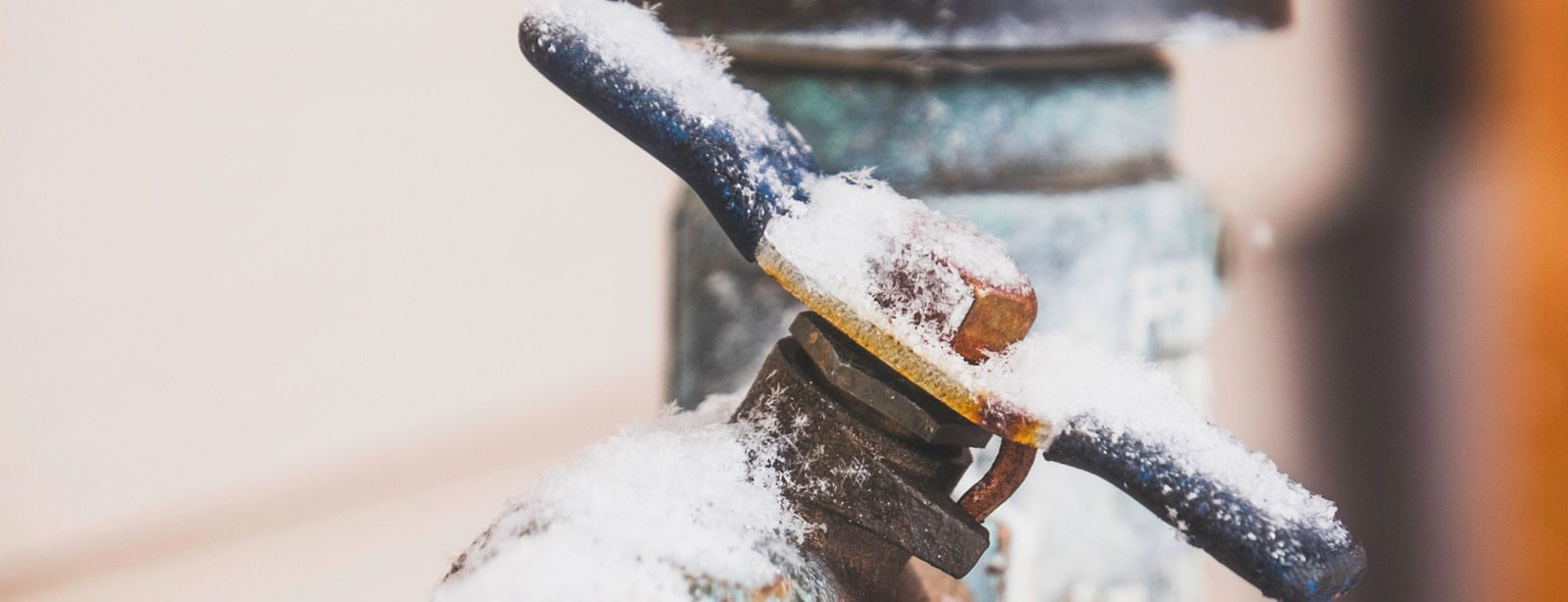How to Protect Your Plumbing from Freezing: Critical Strategies
How to Protect Your Plumbing from Freezing: Critical Strategies
Blog Article
What're your thoughts and feelings about 6 Ways to Prevent Frozen Pipes?

Winter can ruin your plumbing, particularly by freezing pipelines. Right here's how to prevent it from taking place and what to do if it does.
Introduction
As temperature levels drop, the threat of icy pipes rises, possibly bring about costly repair services and water damage. Recognizing just how to avoid icy pipes is essential for home owners in chilly environments.
Understanding Icy Pipelines
What causes pipelines to freeze?
Pipes freeze when subjected to temperature levels below 32 ° F (0 ° C) for extended durations. As water inside the pipelines ices up, it increases, taxing the pipe walls and possibly triggering them to rupture.
Risks and problems
Icy pipelines can cause water disruptions, residential or commercial property damages, and costly repair work. Burst pipelines can flood homes and trigger comprehensive architectural damages.
Signs of Frozen Pipes
Recognizing frozen pipelines early can avoid them from breaking.
Exactly how to identify frozen pipelines
Search for lowered water flow from taps, unusual smells or noises from pipelines, and noticeable frost on revealed pipes.
Avoidance Tips
Shielding susceptible pipelines
Cover pipelines in insulation sleeves or make use of heat tape to secure them from freezing temperatures. Focus on pipes in unheated or outside areas of the home.
Heating methods
Maintain indoor areas properly heated, especially areas with plumbing. Open cabinet doors to allow cozy air to flow around pipelines under sinks.
Securing Outside Plumbing
Garden tubes and exterior taps
Disconnect and drain pipes yard tubes prior to winter. Mount frost-proof faucets or cover outside taps with protected caps.
What to Do If Your Pipes Freeze
Immediate activities to take
If you presume icy pipes, keep taps open up to ease pressure as the ice thaws. Make use of a hairdryer or towels soaked in hot water to thaw pipes gradually.
Long-Term Solutions
Structural changes
Think about rerouting pipelines far from outside walls or unheated areas. Include additional insulation to attic rooms, cellars, and crawl spaces.
Updating insulation
Buy high-quality insulation for pipelines, attic rooms, and walls. Proper insulation aids keep consistent temperatures and decreases the risk of icy pipelines.
Conclusion
Protecting against frozen pipes calls for aggressive measures and fast feedbacks. By understanding the causes, indicators, and safety nets, homeowners can protect their plumbing during cold weather.
5 Ways to Prevent Frozen Pipes
Drain Outdoor Faucets and Disconnect Hoses
First, close the shut-off valve that controls the flow of water in the pipe to your outdoor faucet. Then, head outside to disconnect and drain your hose and open the outdoor faucet to allow the water to completely drain out of the line. Turn off the faucet when done. Finally, head back to the shut-off valve and drain the remaining water inside the pipe into a bucket or container. Additionally, if you have a home irrigation system, you should consider hiring an expert to clear the system of water each year.
Insulate Pipes
One of the best and most cost-effective methods for preventing frozen water pipes is to wrap your pipes with insulation. This is especially important for areas in your home that aren’t exposed to heat, such as an attic. We suggest using foam sleeves, which can typically be found at your local hardware store.
Keep Heat Running at 65
Your pipes are located inside your walls, and the temperature there is much colder than the rest of the house. To prevent your pipes from freezing, The Insurance Information Institute suggests that you keep your home heated to at least 65 degrees, even when traveling. You may want to invest in smart devices that can keep an eye on the temperature in your home while you’re away.
Leave Water Dripping
Moving water — even a small trickle — can prevent ice from forming inside your pipes. When freezing temps are imminent, start a drip of water from all faucets that serve exposed pipes. Leaving a few faucets running will also help relieve pressure inside the pipes and help prevent a rupture if the water inside freezes.
Open Cupboard Doors
Warm your kitchen and bathroom pipes by opening cupboards and vanities. You should also leave your interior doors ajar to help warm air circulate evenly throughout your home.

I ran across that blog entry on Helpful Tips to Prevent Frozen Pipes this Winter while doing a lookup on the search engines. Enjoyed our posting? Please quickly share it. Help somebody else find it. Kudos for being here. Return soon.
Click Here Report this page